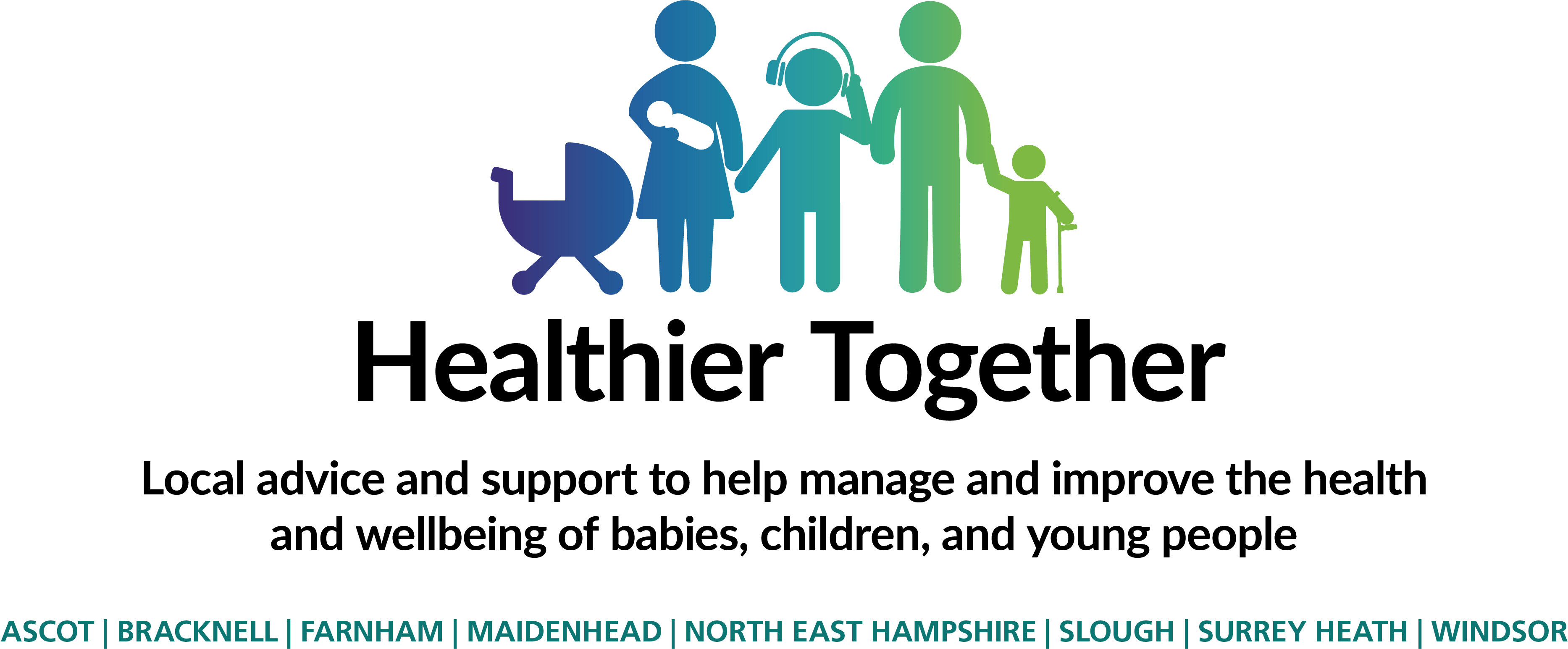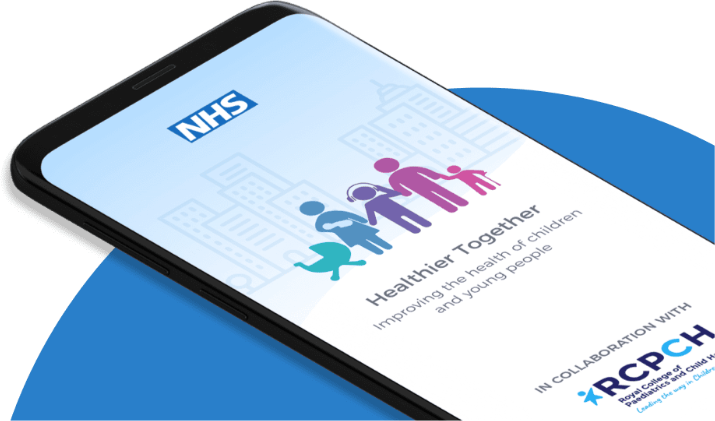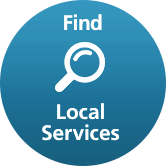Burn
Burns in children can happen for many reasons. These include fires, touching hot things like radiators, hot drinks, sunburn, very cold temperatures, chemicals, and electric shocks.
The advice below should help you decide whether your child’s burn requires further help or whether it can be managed by yourself at home.
If your child has any of the following:
- A burn larger than the size of your child’s hand
- White or charred skin
- Blistered skin at the site of the burn
- Burns to the face, neck, hands, feet, genitals or over any joints
- A burn caused by a chemical or an electric shock
- Inhaled any smoke or has any difficulty breathing
- A temperature above 38°c or they become unwell following a burn
- Child under 2
|
You need urgent help Go to the nearest A&E or phone 999 Please commence the following first aid:
|
- Pain not controlled with paracetamol and ibuprofen
- The skin around the burn is becoming more red and inflamed
You need to contact a clinician today
Please call NHS 111 - dial 111 or go to your local minor injuries unit or
Please commence the following first aid:
- Remove your child from the source of heat, while keeping yourself safe
- Remove any clothing/jewellery around the burn, unless stuck
- Cool the burn under cold, running water for at least 20 minutes
- Keep the patient warm with towels/blankets
If none of the above features are present
Self care
Continue providing your child’s care at home – see below for tips on managing burns at home.
Empty File Block.
What to do immediately if your child has a burn:
- Remove the child from the source of heat as quickly as possible while avoiding getting burned yourself.
- Remove any clothing or jewellery, including nappies from the burned area UNLESS they are stuck to the burn as removing these could cause more damage.
- Cool the burn under cold running water for at least 20 minutes. Try to keep the rest of your child warm with blankets while doing so.
Caring for burns at home:
- Once cooled for at least 20 minutes as above - covering the burn with cling film will keep the burn clean and help relieve pain but will not stick to the burn.
- Give simple pain relief like paracetamol (calpol) or ibuprofen (nurofen) as required. Do not exceed the recommended dose on the instructions
- The appearance of burns can sometimes change over time so watch it closely and seek medical attention if it develops any of the concerning features outlined previously.
- The area of the your child’s hand, including fingers, corresponds to roughly 1% of their body’s surface area. Any burns this size or bigger are an emergency and you need to call 999 or attend the nearest A&E.
Do not:
- Put ice on the burn.
- Put greasy or oily substances, such as butter; or toothpaste on the burn.
- Cover the wound with anything fabric including bandages, plasters and cotton wool as these will stick to the burn and may be difficult or painful to remove.





